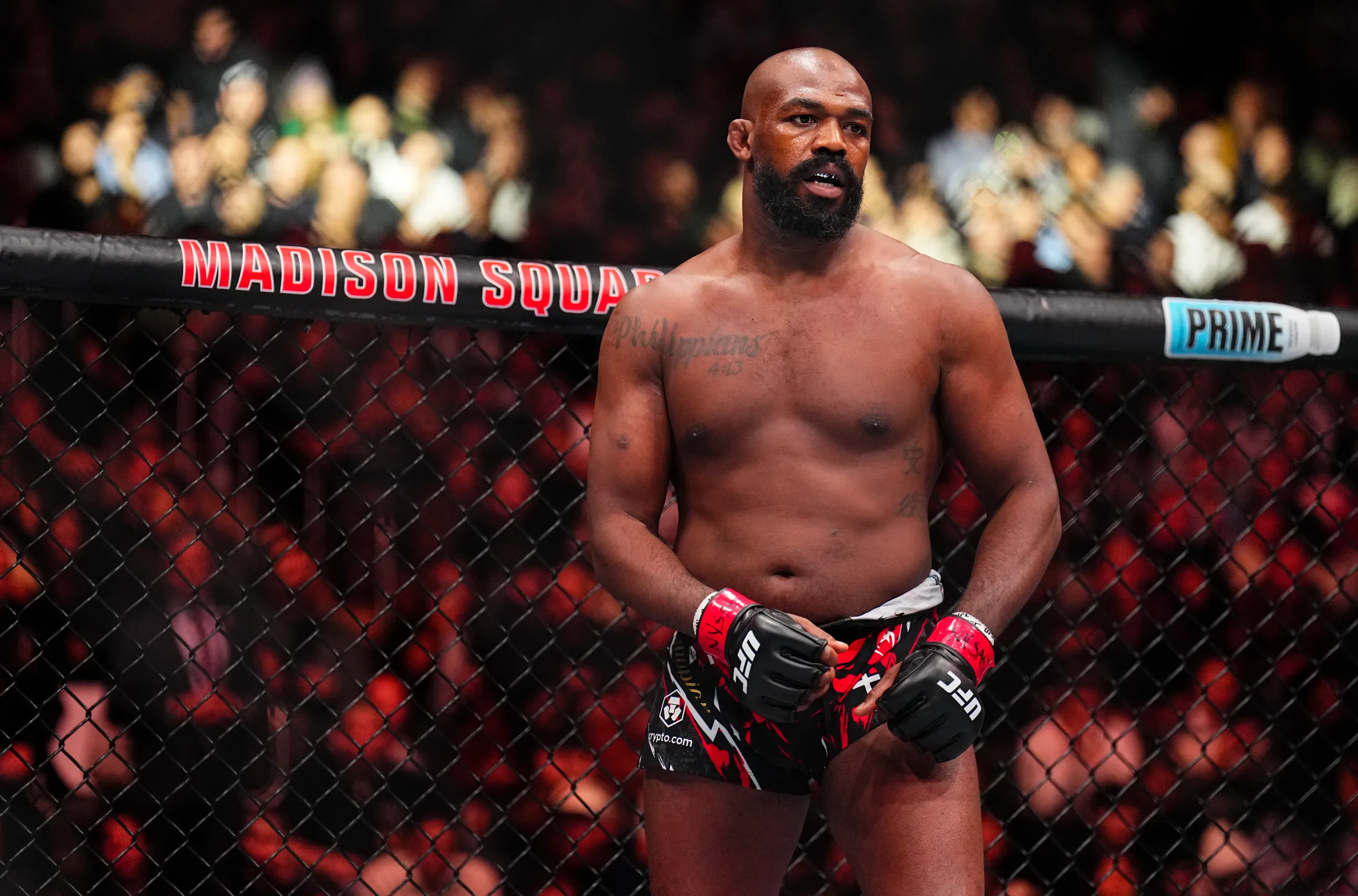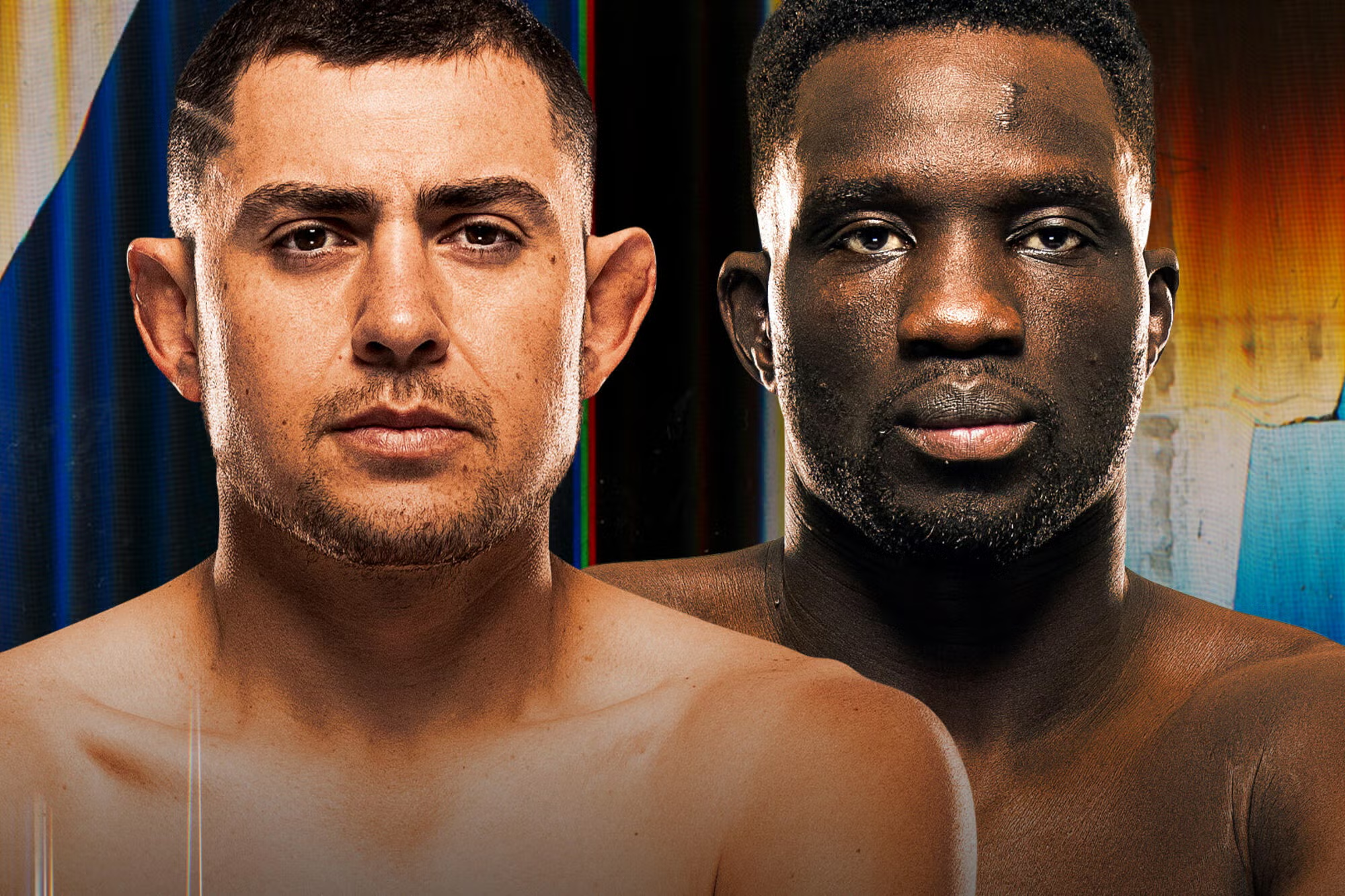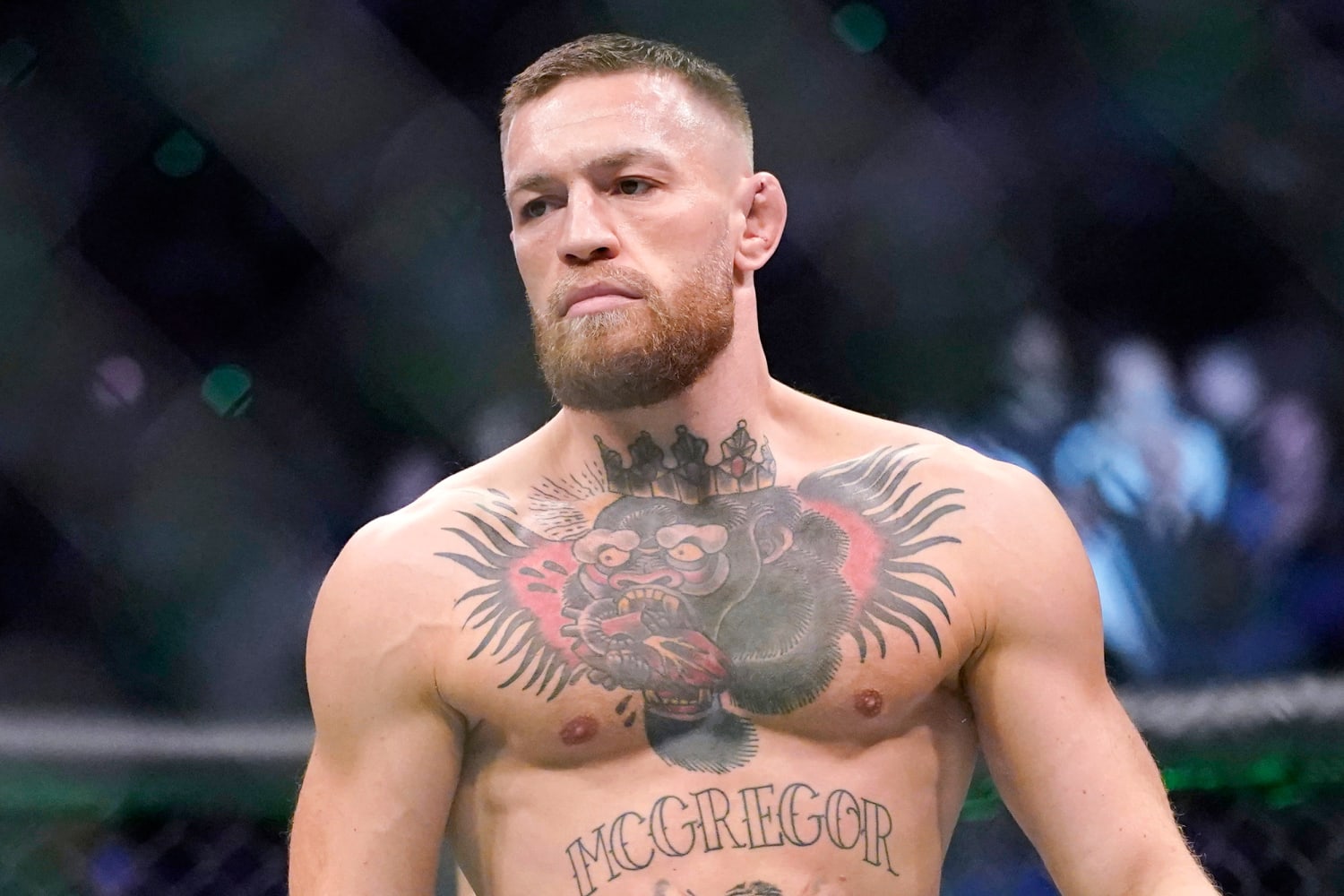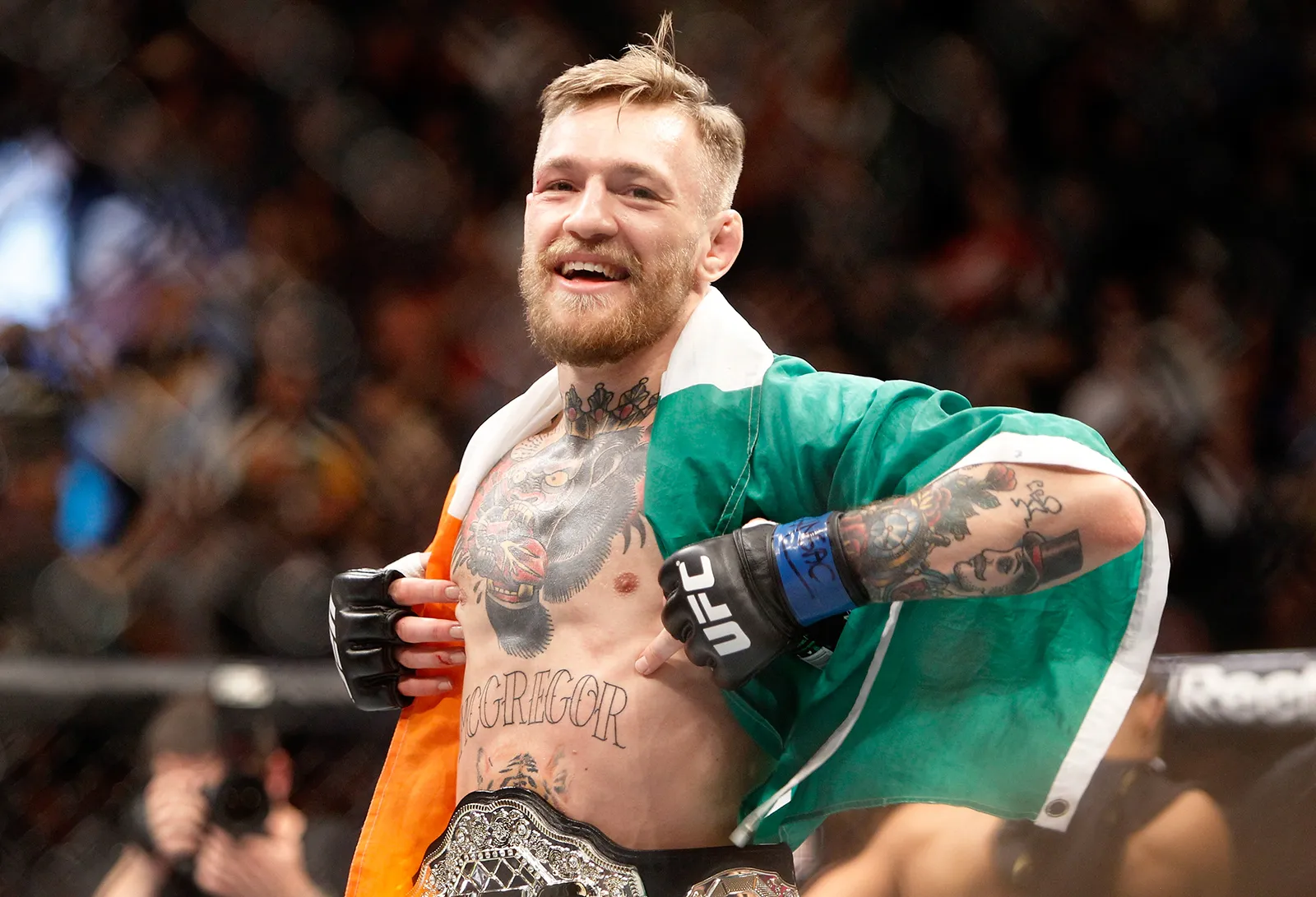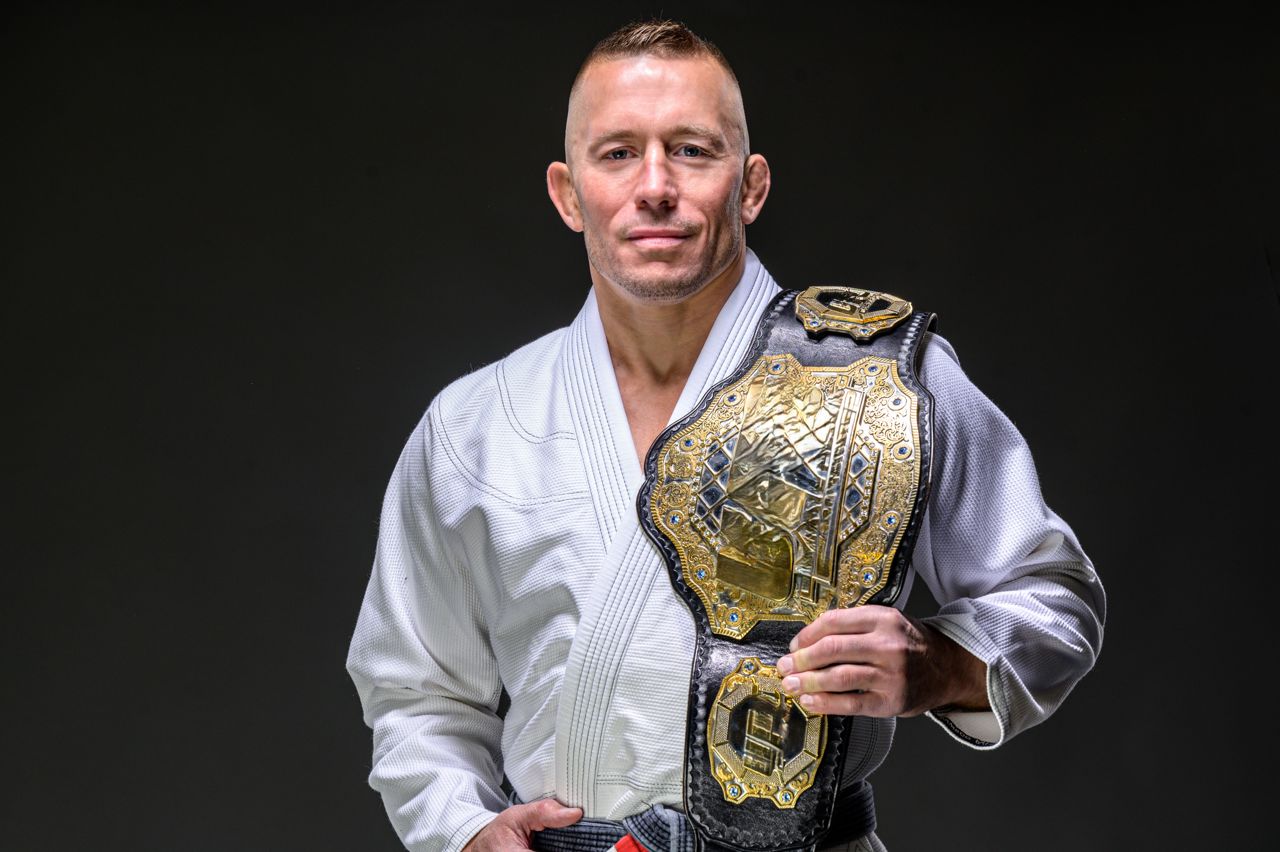How Georges St-Pierre changed MMA forever
From fighter to strategist
Before St-Pierre, most fighters relied on instinct. After him, they relied on planning. GSP turned MMA into a cerebral game. He approached each opponent as a study in probability — watching tape, modeling reactions, rehearsing contingencies. By the late 2000s, “fight IQ” had become a buzzword, and St-Pierre was its living definition.
The birth of scientific MMA
St-Pierre was the first to merge traditional martial arts ethics with sports science. He used biomechanics to refine striking posture, sports psychology to optimize focus, and nutrition plans designed around blood analysis — unheard of in 2008. His team employed specialists for strength, flexibility, and mental conditioning long before “performance teams” became standard.
That holistic approach turned MMA into a discipline measured by precision rather than chaos. GSP fought like a researcher conducting an experiment: no wasted motion, no emotional improvisation, just adaptation. The modern fighter’s blueprint — strength coach, analytics team, and sports psychologist — began with him.
The evolution of wrestling in MMA
Despite lacking collegiate wrestling credentials, St-Pierre mastered the art of timing-based takedowns. His ability to blend striking entries into double-legs was revolutionary. Against Josh Koscheck and Jon Fitch — both NCAA standouts — GSP landed takedowns at will, proving that MMA wrestling wasn’t about raw strength but rhythm and anticipation.
This shifted the division’s balance. Suddenly, strikers had to learn defensive wrestling, and grapplers had to integrate setups through striking. The welterweight division transformed into an arms race of tactical wrestling — a change sparked by St-Pierre’s methodical control.
Changing how fighters carried themselves
At a time when bravado ruled, GSP redefined what marketability meant. He was polite, articulate, and driven by values — yet drew huge audiences. The lesson was simple: authenticity sells. He showed that you could be respectful and still command star power, influencing future champions like Khabib Nurmagomedov and Valentina Shevchenko to embrace dignity as a brand.
In the chaos of modern promotion, GSP’s calm confidence remains unmatched. He made martial arts about mastery again, not mockery. Even his walkouts were clinical — no theatrics, just focus. That stoicism became iconic, symbolizing professionalism in an unpredictable sport.
Business impact: the professional athlete era
Before GSP, fighter pay was largely inconsistent and personality-driven. After GSP, professionalism became profitable. His partnership with Under Armour was the UFC’s first mainstream endorsement deal, opening doors for future athletes to secure sponsorships outside fight purses. He proved that clean image and discipline could attract global brands.
His structured training schedules and recovery regimens also extended career longevity. Fighters began viewing themselves as high-performance assets rather than brawlers. This mentality shift elevated MMA’s respectability in sports medicine circles and expanded the UFC’s global reach — especially in Canada, where GSP became a national hero.
The psychological factor
St-Pierre was transparent about his anxiety before fights — something unheard of in early MMA. Instead of hiding it, he managed it through routine, meditation, and preparation. This opened a new conversation about the mental side of combat sports. Modern champions like Israel Adesanya and Rose Namajunas now speak openly about psychology, following GSP’s example of vulnerability as strength.
He normalized the idea that fear doesn’t make a fighter weak — it makes him human. By mastering his emotions rather than suppressing them, GSP showed how psychological control could be as decisive as technique.
Legacy in today’s MMA
Every generation of fighters carries traces of GSP’s influence. Kamaru Usman’s pace and control, Leon Edwards’ adaptability, and even Islam Makhachev’s tactical calm all echo St-Pierre’s era. He didn’t just win titles — he built frameworks. His reign turned MMA into a sport measured by consistency, not chaos.
He is, in many ways, the prototype of the complete mixed martial artist: strategic mind, disciplined spirit, and physical mastery. The sport will evolve, but every new champion is still living in the house Georges St-Pierre built.
FAQ
Why is Georges St-Pierre considered the GOAT?
Because he combined skill, intelligence, and consistency across two divisions, leaving the sport on top and never failing a drug test.
Did Georges St-Pierre inspire today’s training systems?
Yes — his analytical preparation, sports science integration, and team approach became the model for modern MMA camps.
How did GSP influence fighter behavior?
He showed that humility could coexist with marketability, shifting MMA’s culture from chaos to professionalism.
Could there ever be another GSP?
Unlikely. His balance of intellect, athleticism, and legacy timing remains unmatched in combat sports.
MMAailm.ee is a premier MMA blog committed to delivering comprehensive analysis, up-to-the-minute news, and exclusive insights into the global landscape of mixed martial arts. Catering to passionate MMA enthusiasts worldwide, MMAailm.ee covers everything from fight night breakdowns and athlete performances to technical evolutions and behind-the-scenes narratives. Our mission is to bridge the gap between fans and the ever-evolving world of MMA through timely information and engaging content.
Latest articles
-
How Jon Jones changed MMA forever
-
Jon Jones record and biography: the most dominant fighter in UFC history
-
UFC Fight Night Garcia vs Onama preview: start times, full card, keys to victory
-
How Conor McGregor changed MMA forever
-
Conor McGregor record and biography: from Dublin dreamer to UFC global icon
-
How Georges St-Pierre changed MMA forever


